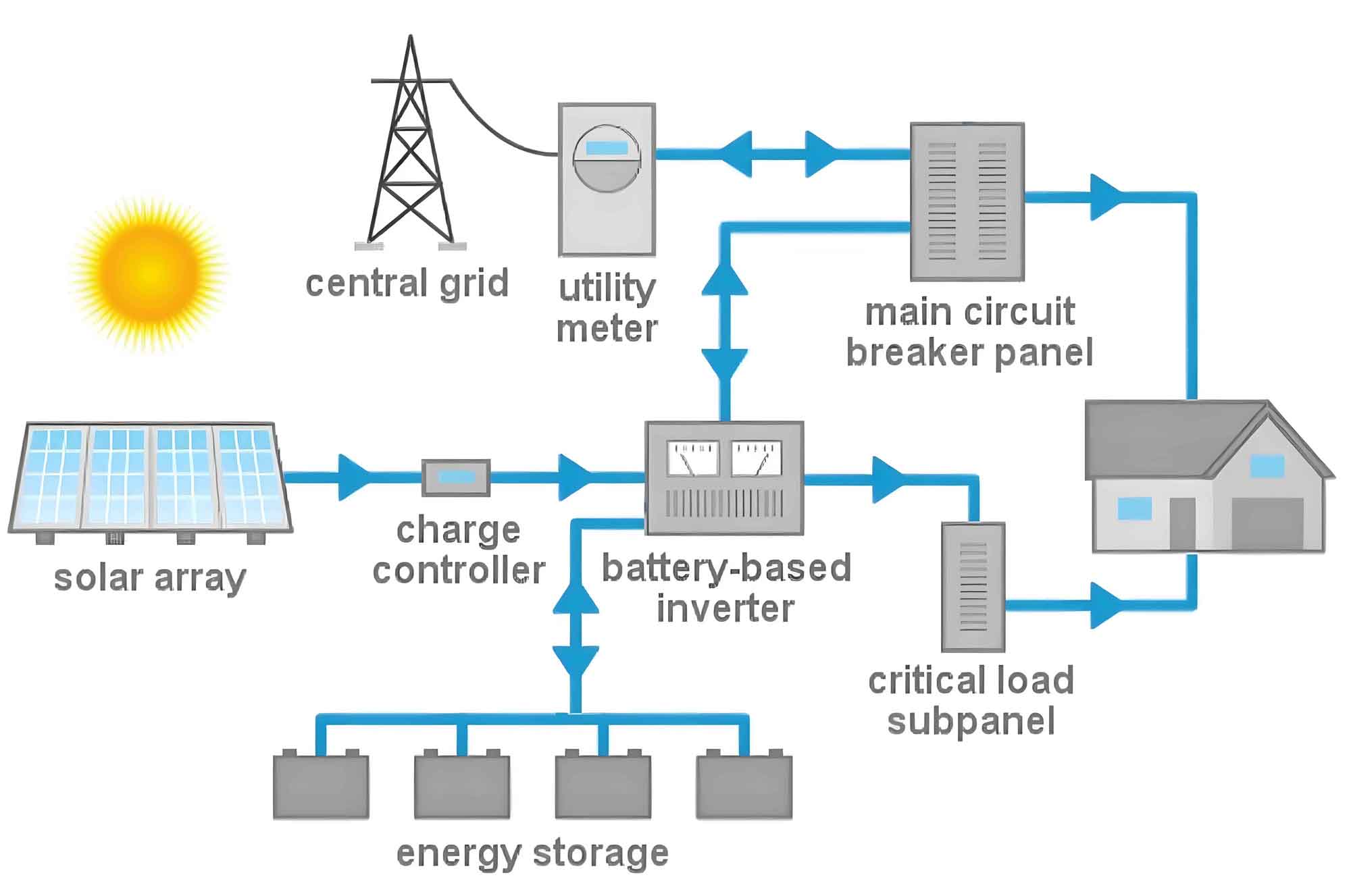As the global shift towards renewable energy continues to accelerate, home solar energy systems are at the forefront of this transition. Technological advancements are making these systems more efficient, cost-effective, and easier to integrate into residential settings. This article delves into the emerging technologies in home solar energy systems, highlighting innovations that are transforming how homeowners harness solar energy.

Advanced Solar Panel Technologies
Bifacial Solar Panels
Bifacial solar panels represent a significant leap in solar technology. Unlike traditional solar panels that capture sunlight from one side, bifacial solar panels can absorb light from both sides, increasing their energy output. This is particularly advantageous in areas with highly reflective surfaces, such as snow-covered or sandy regions, as it allows for higher energy generation.
Table 1: Comparison of Traditional vs. Bifacial Solar Panels
| Feature | Traditional Solar Panels | Bifacial Solar Panels |
|---|---|---|
| Energy Capture | One-sided | Two-sided |
| Efficiency Increase (%) | 0 | 10-30 |
| Ideal Installation Sites | Rooftops | Ground-mounted, rooftops with reflective surfaces |
Perovskite Solar Cells
Perovskite solar cells are another groundbreaking innovation in home solar energy systems. These cells use a perovskite-structured compound as the active layer for light absorption, offering high efficiency at a lower cost compared to traditional silicon-based cells. Their flexibility and lightweight nature also allow for diverse applications, including integration into windows and building materials.
Tandem Solar Cells
Tandem solar cells combine multiple layers of different materials to capture a broader spectrum of sunlight. By stacking materials with varying bandgaps, these cells can achieve higher efficiencies than single-layer solar cells. This technology holds promise for significantly boosting the performance of home solar energy systems.
List: Advantages of Tandem Solar Cells
- Higher overall efficiency
- Better performance in low-light conditions
- Potential for lower costs with material optimization
- Versatility in design and application
Innovative Energy Storage Solutions
Solid-State Batteries
Solid-state batteries are emerging as a superior alternative to traditional lithium-ion batteries in home solar energy systems. These batteries replace the liquid electrolyte with a solid one, enhancing safety and energy density. The result is a more stable, longer-lasting, and higher-capacity energy storage solution.
Flow Batteries
Flow batteries are gaining attention for their scalability and longevity. These batteries store energy in liquid electrolytes contained in external tanks, making it easy to increase storage capacity by simply adding more electrolyte. Flow batteries are particularly suitable for home solar energy systems that require substantial storage capacity for extended periods.
Table 2: Energy Storage Technologies Comparison
| Technology | Energy Density (Wh/kg) | Lifespan (cycles) | Scalability | Safety |
|---|---|---|---|---|
| Lithium-Ion | 150-200 | 500-2000 | Moderate | Moderate |
| Solid-State | 250-350 | 1000-3000 | High | High |
| Flow Batteries | 40-100 | 5000-10000 | Very High | High |
Smart Home Integration and Management
Intelligent Solar Inverters
The next generation of solar inverters is equipped with advanced features that enhance the performance of home solar energy systems. These intelligent inverters not only convert direct current (DC) to alternating current (AC) but also provide real-time monitoring, predictive maintenance, and grid interaction capabilities. They can optimize energy conversion and distribution, ensuring maximum efficiency.
Home Energy Management Systems
Home energy management systems (HEMS) are becoming increasingly sophisticated, integrating various components of home solar energy systems. These systems use artificial intelligence and machine learning algorithms to monitor energy production, storage, and consumption. By analyzing patterns and making real-time adjustments, HEMS can significantly improve the efficiency and reliability of home solar energy systems.
List: Key Features of Modern Home Energy Management Systems
- Real-time energy usage tracking
- Automated optimization of energy flow
- Integration with smart home devices
- Remote monitoring and control via mobile applications
- Predictive analytics for maintenance and performance improvement
Enhanced Materials and Coatings
Anti-Reflective Coatings
Advancements in anti-reflective coatings for solar panels are improving their efficiency. These coatings reduce the amount of sunlight reflected away from the surface of the solar panels, allowing more light to be absorbed and converted into electricity. Enhanced anti-reflective coatings can increase the overall energy yield of home solar energy systems.
Self-Cleaning Surfaces
Self-cleaning surfaces are another emerging technology that can benefit home solar energy systems. These surfaces use hydrophobic or hydrophilic coatings to repel dirt, dust, and other debris, maintaining the panels’ efficiency over time with minimal maintenance. This technology is particularly useful in areas prone to heavy dust or pollen.
Future Prospects and Trends
The future of home solar energy systems looks promising, with continuous research and development driving further innovations. Emerging technologies such as organic photovoltaics, quantum dot solar cells, and advanced energy storage solutions are expected to play a crucial role in the evolution of residential solar energy systems. As these technologies mature, they will likely become more accessible and affordable, enabling more homeowners to adopt sustainable energy solutions.
In conclusion, the emerging technologies in home solar energy systems are paving the way for a more efficient, reliable, and cost-effective renewable energy future. Advances in solar panel technologies, energy storage solutions, smart home integration, and material enhancements are transforming how homeowners generate and use solar energy. With ongoing innovation and development, the potential for home solar energy systems to contribute to a sustainable and energy-independent future is greater than ever.
